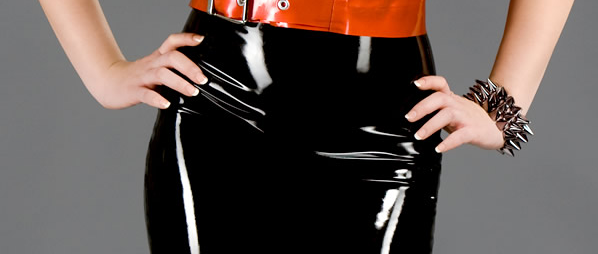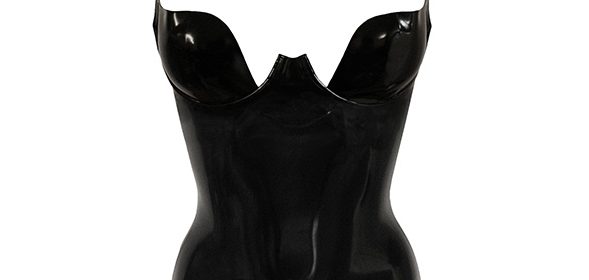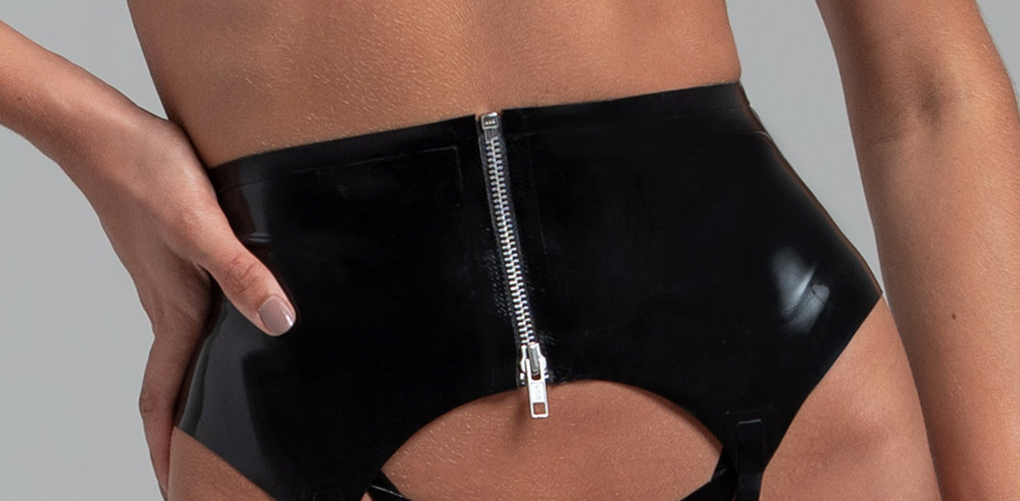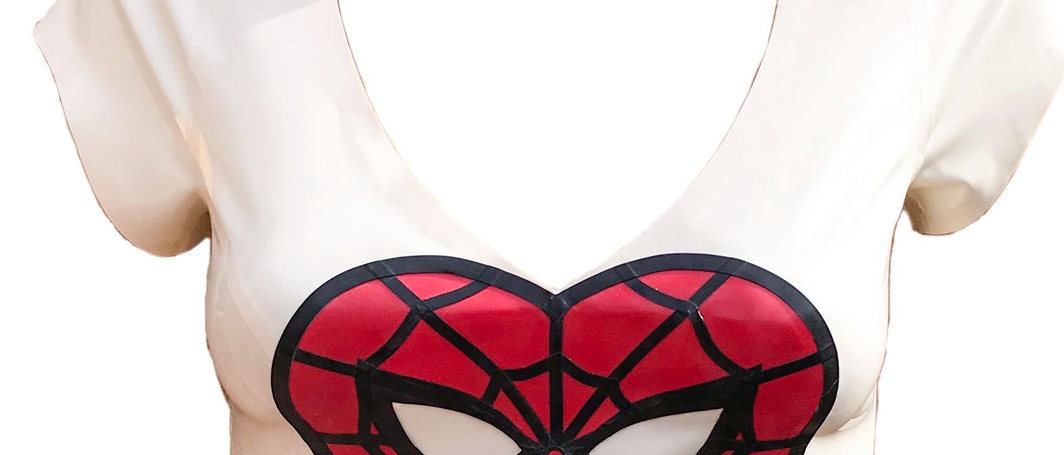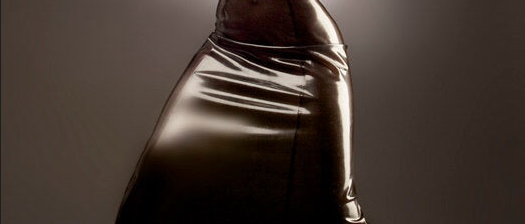Fetish photographers have played a significant role in the popularization of latex catsuits. These photographers have used latex clothing, including catsuits, as a prominent element in their work, thereby creating an association between latex and fetishism. Through their artistic and provocative imagery, they have contributed to the visibility and acceptance of latex catsuits within certain subcultures and the broader fashion world.
Fetish photographers often capture the sensuality, allure, and power dynamics associated with latex clothing. They employ lighting techniques, creative compositions, and explicit or suggestive themes to create visually striking and captivating images. These photographs have been featured in various media, such as magazines, art galleries, and online platforms, reaching a wider audience and generating interest in latex fashion.
The exposure of fetish photography, both online and offline, has provided a platform for latex catsuits to be showcased as desirable and fashionable garments. As a result, the influence of fetish photographers has transcended the fetish subculture, attracting attention from fashion designers, stylists, and individuals who appreciate unique and alternative fashion choices.
Furthermore, the integration of fetish-inspired aesthetics into mainstream culture, such as in music videos, fashion shows, and celebrity red carpet appearances, has further propelled the popularity of latex catsuits. Influential figures who embrace a provocative and daring image have helped normalize the use of latex clothing, including catsuits, as a fashion statement or a form of self-expression.
It is worth noting that while fetish photographers have contributed to the visibility and acceptance of latex catsuits, the appeal and adoption of these garments extend beyond fetishism. Some individuals appreciate latex catsuits for their sleek and shiny appearance, their body-hugging fit, or their association with subversive and alternative fashion trends.

